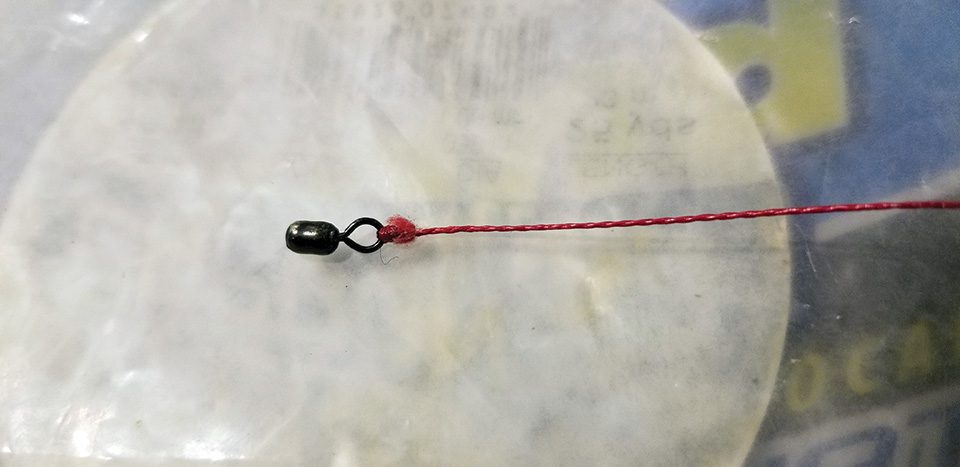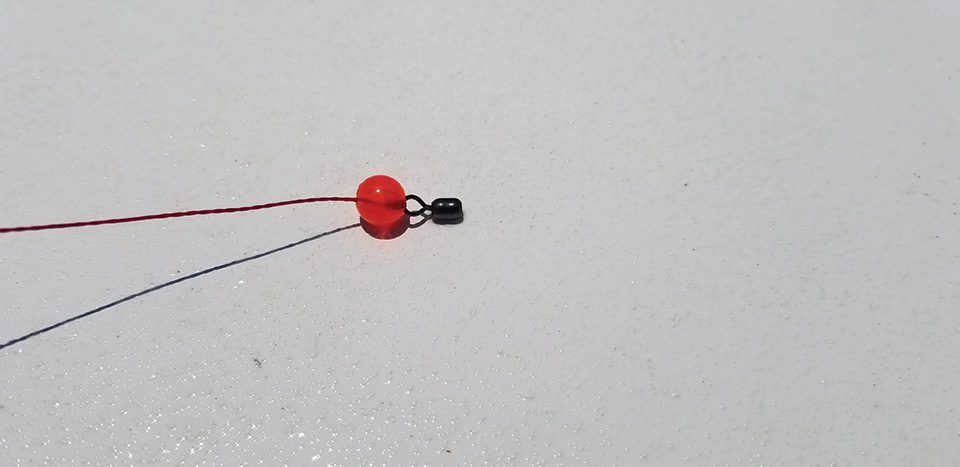By Tim Barefoot
I know… fishing tackle has gotten so expensive that it isn’t even funny. But there are a few corners you absolutely should not cut.
Sinkers are one thing; lead is pretty much lead, bismuth etc… That’s a given, but when it come to the last few feet of tackle that connects you to the fish, that’s where the smallest details come into play.
First and foremost, everyone has gone to fluorocarbon by now, right? If you haven’t, you should. I know this through first-hand observation. Years ago, when I first started making grouper jigs, I lowered a camera to watch the reaction fish had to my jigs. I wanted to see how my jigs compared to standard bottom tackle with a triple swivel and an 8- to 16-ounce bank sinker. The observations on visibility of different line types was eye opening, to say the least.
At depth, monofilament is white in color and looks as big as a rope compared to a quality fluoro like Hi-Seas 100 percent fluorocarbon, which was almost completely invisible.
Next is the swivel, and I didn’t need a camera to teach me this lesson. Cheap swivels (not calling any names) can break your heart in the heat of battle. One of the swivels in the accompanying photos cost me a very large nearshore gag grouper. I had it well out of the rocks and far enough off the bottom that we could see it. When it decided to make one more run for the rock ledge, the rig busted at the swivel.
Moral of the story: I pay more and never even blink at the price for premium Spro swivels, because when they say 130-pound, they mean it. I’ve never had any more swivel problems after I switched.
Everyone has their own favorite hook brand and style, but you can’t go wrong with the old faithful brands like Mustad, Eagle Claw, Gamakatsu and Owner. There are quite a few high-quality imported hooks as well. You have to look around like I did, but stick with the ones listed above unless you’ve done a lot of homework.
Even with all the correct terminal tackle, it is worthless if you don’t tie good knots! Buy good tackle, fish pretty baits and tie good knots! This is the best recipe for success.
Buying “cheap” terminal tackle is like sitting in a duck blind and shooting cheap shells. You went to a lot of trouble and expense to get the fish to bite, so take that one last least-expensive step and make sure what’s on the end of your line allows you to close the deal.
For more from Capt. Tim Barefoot, go to barefootcatsandtackle.com.


